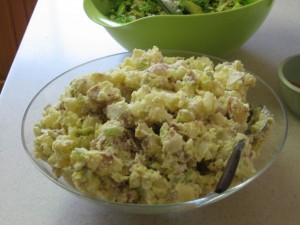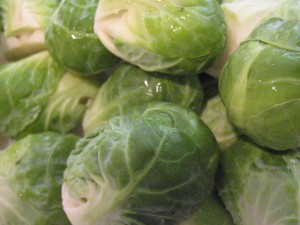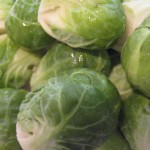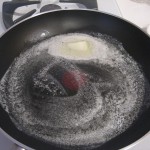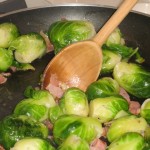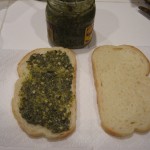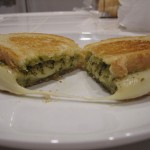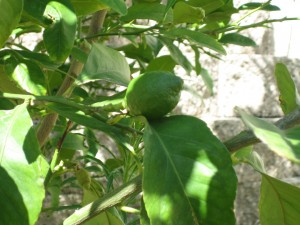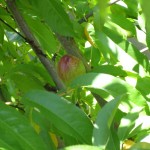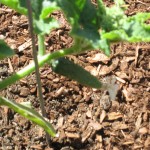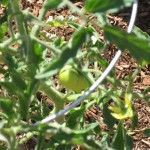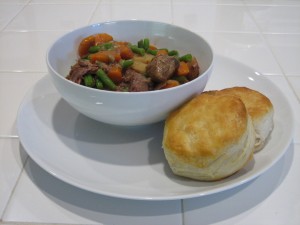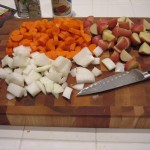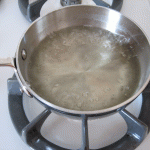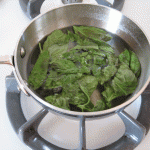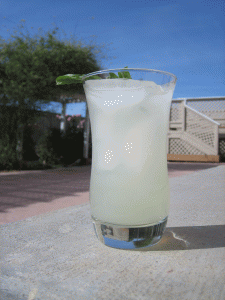On our last trip to Costco, we bought one of those plastic containers of Gala apples. You know, the packs with an individual round slot for each apple that there’s just got to be something it would be useful for in the future that forces you to keep the empty container. It seemed like a good idea at the time, because I was taking an apple to work every day in my lunch. Not so much anymore. The point is, these apples were past their prime and I did not want them to go to waste. The solution? Applesauce.
We had 8 apples sitting in our fridge. I peeled, cored, and chopped them into chunks. The size of the chunks is up to you. I remember when I was a kid, we made applesauce at one of our Brownie meetings. We ate it warm, and it still had chunks of apple in it. So I chose to make mine a little chunky. Well, a lot chunky. As I was peeling and chopping, a sprinkled a little lemon juice over the apple chunks as I added the new chunks to prevent them from turning brown before I got them on the stove.
Once the apples were chopped and ready to go, I dumped them in a large saucepan with about a cup of water, brought the water to a boil, and let it simmer for 10 minutes or so, stirring occasionally. The length of time you cook the apples for will depend on how big you make your chunks and how chunky you want the final sauce to be. Bigger chunks means more cooking until they are tender. If you want the sauce to be smooth, cook it until the chunks are very tender. If you want chunks, they don’t have to be quite as tender.
When the chunks were a bit short of my desired done-ness, I added about 6 tablespoons of sugar and a teaspoon of cinnamon. I would have added a bit of nutmeg as well, but I didn’t have any. At this point, I started to stir the sauce continuously. This breaks down the apples and gives you the nice saucy consistency, as opposed to a bunch of cooked apples sitting in hot water. I stirred for probably about 5 minutes until the sauce was the chunky consistency I wanted. If you want it smoother, hopefully you cooked your apples a bit longer to being with and you can be more vigorous with your stirring and add a little mashing action. And if you want it really smooth, you can run it through your food mill. Because everyone has a food mill sitting around.
I dished out the first two bowlfuls while it was still piping hot, and it was delicious! I thought the chunky-ness of it made it taste like hot apple pie, so I am calling it apple pie sauce. Steve said it didn’t taste like apple pie to him, but what does he know?
© 2009 The Beehive All Rights Reserved












